Search

SDSU Extension welcomes new horticulture assistant at McCrory Gardens
November 08, 2023
South Dakota State University Extension is pleased to announce Sydney Trio as a new Horticulture Assistant based at McCrory Gardens in Brookings.

Should We Sell Corn Stalks?
Grazing and baling corn stalks can offer producers financial and agronomic benefits, and also provide feed resources for cattle producers. Learn how to determine if it's the right decision for your operation.

Now Is the Time To Plan For Noxious Weed Control in 2024
Since most of South Dakota has experienced several frosts, fall herbicide applications are likely near completion. However, now is the time to plan for noxious weed management for both spring and fall of 2024.

Now Is the Time To Make Your Weed Management Plan for the 2024 Growing Season
As harvest season comes to an end, now is the time to start formulating your weed management plan for next year. Learn some expert tips for getting your operation off to a good start next growing season.
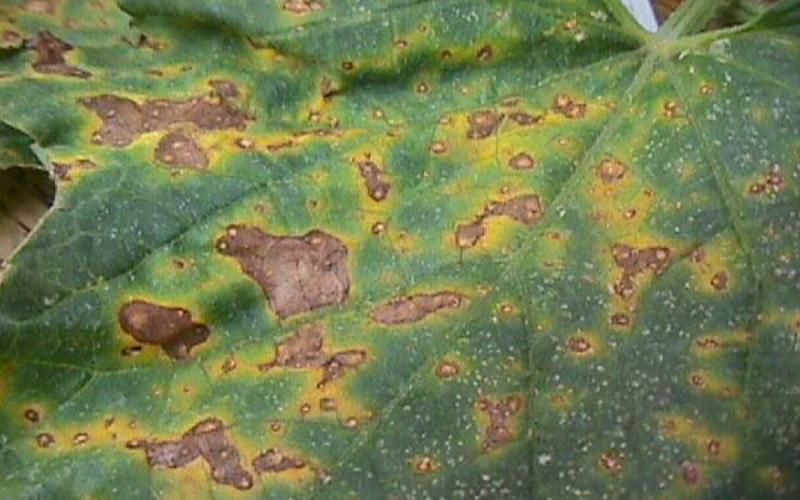
Cucurbit Diseases in South Dakota
Cucurbit crops grown in both the field and in high tunnels face disease pressure from many fungal and bacterial diseases. Learn how to identify and manage some of the most common ones.
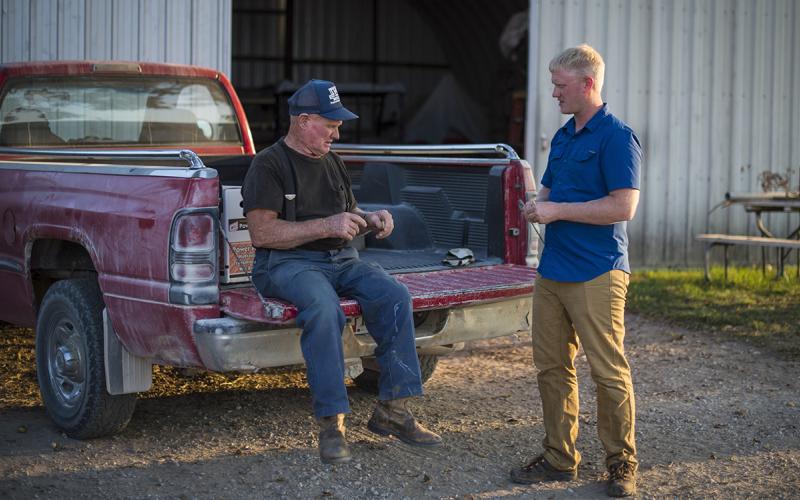
Compensation for Family Members Returning to the Farm
Compensating for management and labor is one of the questions that must be answered when bringing a family member into the family operation.

Soil Carbon Cycle and Laboratory Measurements of Carbon Related to Soil Health
Carbon is one the most-important elements in agricultural soils. Take in-depth look at how carbon is understood, measured, and managed to benefit soil health in agricultural production.
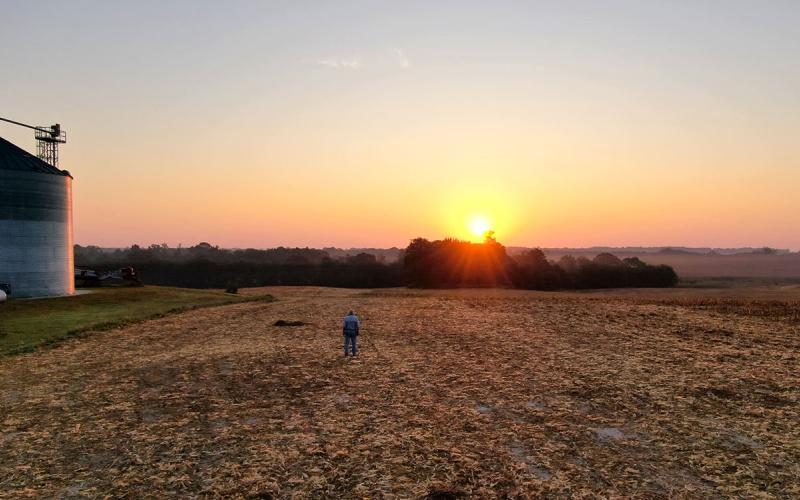
Does the GREET Carbon Model Address Soil Health Principles?
Learn how the recent Greenhouse Gases, Regulated Emissions, and Energy Use in Technologies (GREET) production model lines up with the Five Soil Health Principles.
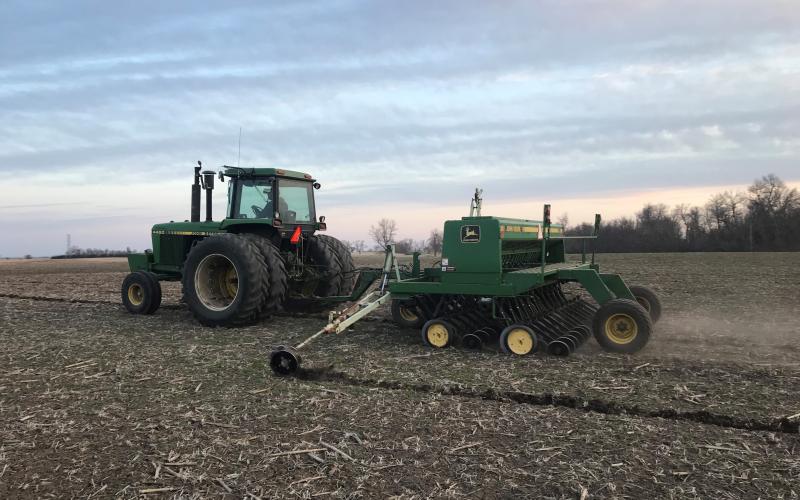
SDSU Extension Crop Hour webinar series starts in January
December 11, 2023
South Dakota State University Extension’s 2024 Crop Hour webinar series will start Jan. 9, with webinars hosted from 10 a.m. to 11 a.m. CST every Tuesday, Wednesday and Thursday for nine weeks.
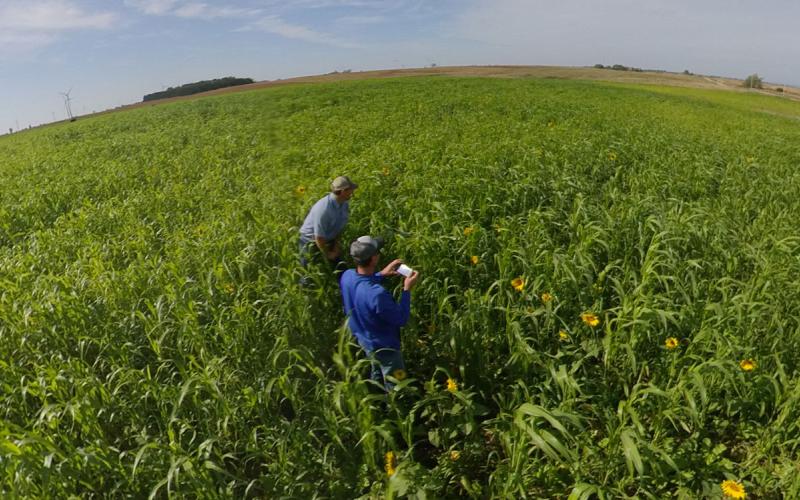
Does the COMET Carbon Model Address Soil Health Principles?
The COMET-Farm model, developed by USDA/NRCS and Colorado State University, is a whole farm and ranch carbon and greenhouse gas accounting system. Learn how it addresses the Five Soil Health Principles.